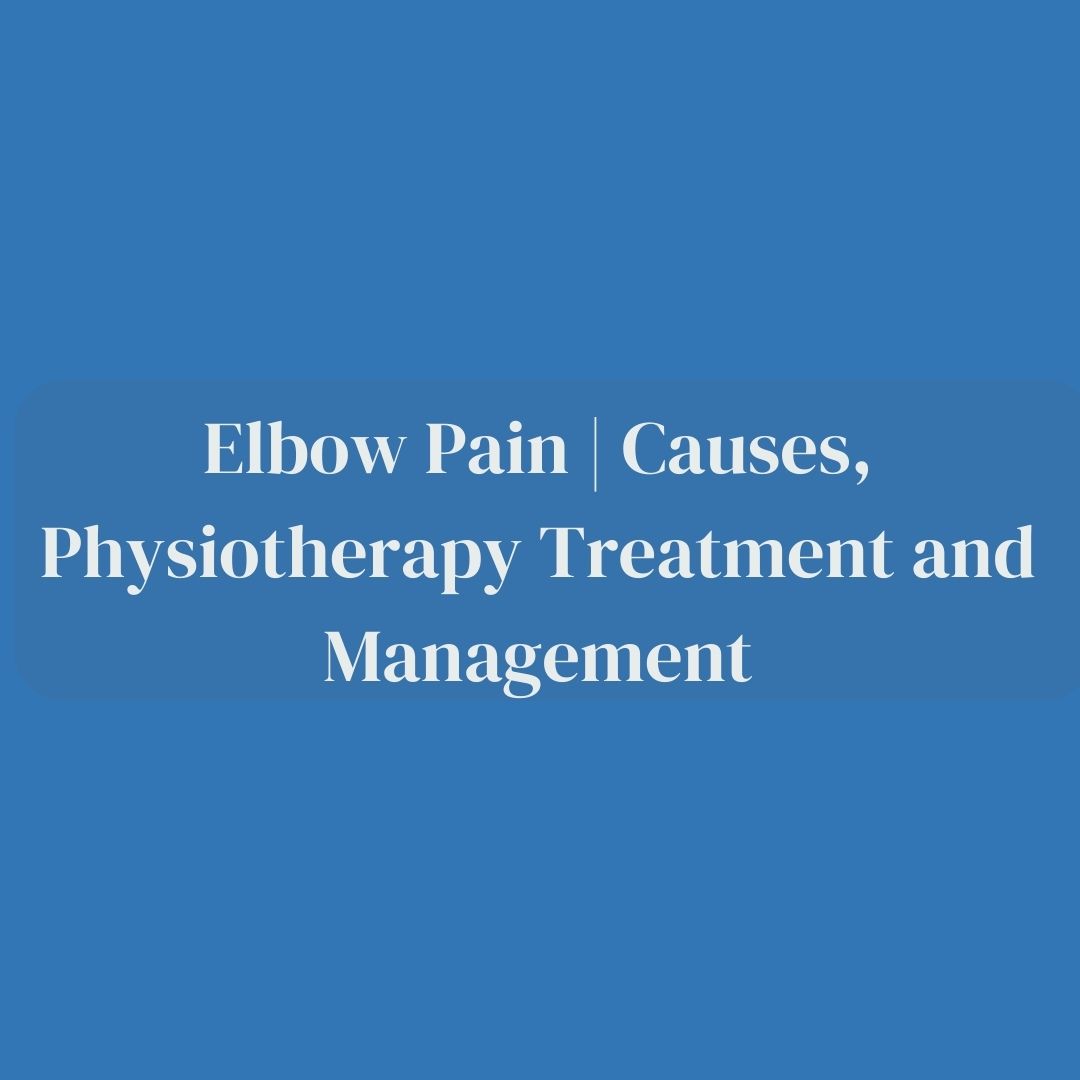Introduction
Tailbone pain, also known as coccydynia, is a discomfort that can significantly affect an individual’s daily life. While it might seem like a minor issue, understanding the intricate aspects of this condition is essential for proper management and relief. From the underlying causes to the symptoms experienced and the various treatment options available, gaining comprehensive knowledge about coccydynia is crucial for those grappling with this often underestimated but distressing ailment.
What is Coccydynia and How Does it Occur?
Coccydynia is characterized by pain and tenderness in the coccyx, the small triangular bone at the base of the spine. This pain can result from various factors, including trauma, repetitive strain, childbirth, or even less common factors like infection or tumors. Understanding the specific triggers can help individuals better comprehend their own experiences and seek the most effective treatment.
Diving Deeper into the Causes of Tailbone Pain
- Injury or Trauma: Falls or direct impacts on the tailbone, often seen in accidents or sports-related incidents, can lead to injury and subsequent pain.
- Repetitive Strain: Prolonged sitting on hard surfaces or engaging in activities that continually strain the tailbone area can lead to inflammation and persistent discomfort.
- Childbirth: The pressure exerted on the tailbone during childbirth can result in pain and tenderness in the postpartum period for many women.
- Infection or Tumor: While less common, tailbone pain can occasionally be attributed to infections or tumors in the surrounding area, making accurate diagnosis and medical attention imperative.
Recognizing the Signs and Symptoms
Coccydynia manifests itself through several distinct symptoms, with the most prevalent being persistent pain in the tailbone region. This pain tends to exacerbate during certain activities such as transitioning from sitting to standing or even slight movements involving bending or leaning back. Additionally, localized tenderness in the coccyx area can be a telltale sign of this condition.
Diagnosis and Medical Evaluation: The Key to Effective Treatment
When confronted with persistent tailbone pain, seeking professional medical assistance is crucial. A thorough medical evaluation involving physical examinations, imaging tests like X-rays or MRI scans, and potentially even a rectal exam can aid in accurate diagnosis and ruling out any underlying severe medical conditions that may be contributing to the discomfort.
Exploring Effective Treatment Approaches
- Pain Management Strategies: Over-the-counter pain relievers, topical analgesics, or prescribed medications can play a significant role in alleviating discomfort and improving daily function.
- Physical Therapy Techniques: Tailored stretching and strengthening exercises under the guidance of a professional physiotherapist can help improve flexibility and reduce pain over time.
- Using Tailbone Cushions: Specialized cushions or pillows designed to alleviate pressure on the tailbone can offer considerable relief, especially during prolonged sitting.
- Consideration of Steroid Injections: In cases where inflammation persists, corticosteroid injections might be recommended to help reduce inflammation and provide long-term relief from pain.
- When Surgery Becomes Necessary: In severe and persistent cases, surgical interventions like coccygectomy, the partial or complete removal of the tailbone, might be considered as a last resort for relief.
Embracing Preventive Measures and Necessary Lifestyle Changes
Apart from medical interventions, making some fundamental lifestyle changes can also contribute to better management and prevention of tailbone pain. Some of these changes include:
- Maintaining Proper Posture: Ensuring a correct posture while sitting and standing can significantly reduce unnecessary pressure on the tailbone, consequently alleviating discomfort.
- Incorporating Regular Exercise: Engaging in regular exercise routines that focus on strengthening the back and core muscles can not only reduce strain on the coccyx but also contribute to overall spinal health and well-being.
- Avoiding Prolonged Sitting: Taking frequent breaks during extended periods of sitting can help prevent strain and discomfort in the tailbone region, promoting better overall spinal health.
Coping and Living with Coccydynia
Tailbone pain can significantly disrupt an individual’s daily routine and overall well-being. Coping with this condition entails a multi-faceted approach, including a combination of medical treatment, lifestyle adjustments, and emotional support. Engaging in open conversations with healthcare professionals, seeking support from loved ones, and adopting a positive outlook can go a long way in managing the challenges posed by coccydynia.
In Conclusion: Taking Charge of Tailbone Pain
Understanding the intricacies of coccydynia, from its causes to its symptoms and the available treatment options, empowers individuals to take control of their well-being. By prioritizing self-care, following medical advice, and making necessary lifestyle adjustments, individuals can alleviate the discomfort associated with tailbone pain and strive towards a life that is comfortable, active, and pain-free. It is essential to remain proactive and seek professional guidance whenever necessary, ensuring that any discomfort or pain in the tailbone region is addressed effectively and comprehensively.
Banaswadi | HBR layout | Kalyan Nagar | Kammanahalli | Horamavu | Hennur




